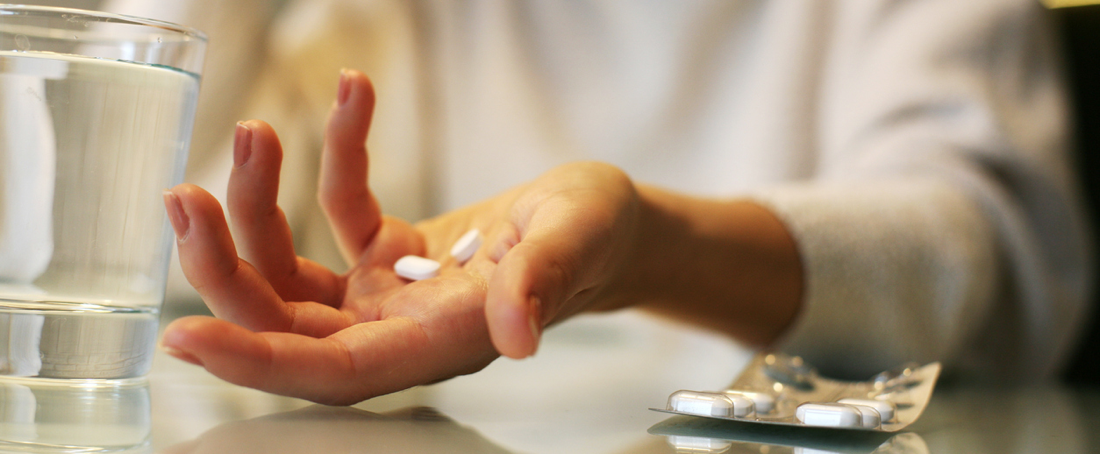Oral Medication Options
The 2022 Guidelines for the Diagnosis and Treatment of IC/BPS suggest that oral medications may be useful in managing symptoms of IC/BPS but come with a significant risk of side effects.(1,2)
Amitriptyline (aka Elavil®)
Amitryptiline, a tricyclic antidepressant, may help reduce pain and the depression associated with chronic pain conditions. One study demonstrated a 63% significant improvement at four months. Two observational long term studies reported 50% to 64% improvement. Adverse events are extremely common, including: dry mouth, drowsiness, cardiac conduction abnormalities (irregular heart rate), tachycardia (rapid heart rate), urinary retention, constipation, nausea, weight gain, hypotension and, more recently, has been linked to cognitive decline when used over a long period of time. Grade B.
Hydroxyzine (aka Vistaril, Atarax)
Hydroxyzine, an antihistamine, has shown solid success in studies, one of which reported that 92% of patients with a history of allergies experienced improvement their symptoms. Other studies found much more modest effectiveness (i.e. 23%). The typical dose is 25 t0 50mg at bedtime and patients may see benefits within just a few days. Adverse events were common and generally not serious. Grade C
Cimetidine (aka Tagamet)
Cimetidine acts to inhibit acid production in the stomach and has been found helpful in the treatment of IC. Two long term studies reported that 44% to 57% of patients experienced improvement in their symptoms with no adverse events reported. Grade B
Pentosan polysulfate (aka Elmiron)
Elmiron is the only FDA approved oral medication for IC and is the most studied medication currently in use but has recently been associated with potentially severe pigmentary maculopathy (2020) and inflammatory bowel disease (2023). As a result, many patients are transitioning to other, safer therapies. Elmiron can be extremely expensive for patients who lack health insurance. Grade B
Cyclosporine A
Cyclosporine A, an immunosuppressant medication, may be offered to patients with Hunner’s lesions that are not responding to fulguration or steroid injection. One study found that 75% of patients experienced an improvement in their symptoms compared to just 19% of patients using pentosan. Success rates are much higher in patients with Hunner’s lesions with 85% respond- ing to treatment, when compared to just 30% without lesions. The poten- tial for adverse events is high, including increased serum creatinine, hypertension, alopecia, cutaneous lymphoma, mouth ulcers and acute gout.
References:
- Clemens JQ et al. Diagnosis and treatment of interstitial cystitis/bladder pain syndrome. J Urol 2022. Jul;208(1):34-42
- Osborne J. New IC/BPS Guidelines Released in May 2022. ICN. May 23, 2022
Author: Jill H. Osborne MA
Revised: July 6, 2022 – JHO


